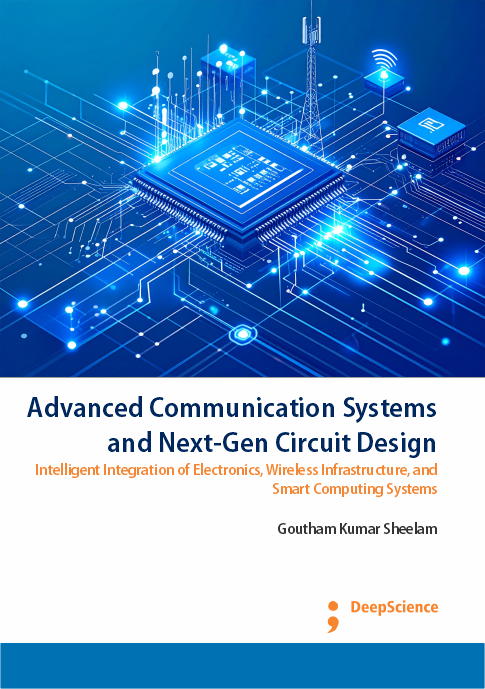Reimagining microelectronics: Evolution and future potential of modern circuit design paradigms
Synopsis
Microelectronics is perhaps the most influential and impactful engineering field in the modern era. The concepts and applications of integrated circuits have expedited the continuous growth and prosperity of computer science, communications, signal processing, control systems, as well as numerous other foundational technologies that affect daily life quality and economic progress on our planet. Following the analog circuits in the first two decades, which were the foundation of the early microelectronics era, the impressive achievements of microelectronics mainly came from the continuous pursuit of digital integrated circuits. Starting from the 1980’s, the advances of digital microelectronics sparked thriving innovations in computer chips and revolutionized personal and mobile computing, information processing, and communication (Das & Kumar, 2025; Hernandez et al., 2025; Kim & Rao, 2025). The future of microelectronics is filled with thunder, however. For the first time in decades, the law of doubling the number of transistors on an integrated circuit per unit volume every two years has reached a critical bottleneck, and a slowing down is inevitable in the advancement of digital microelectronics technology. At the same time, many new and innovative small form-factor applications and products are emerging. Unlike traditional desktop computers, the future products and applications are mostly designed for distributed smart computations at the edge with continuous AI workload. From electrical power consumption, mobile battery life, cost, thermal management, to ease of hardware and software integration, and real-time responsive performance, unprecedented challenges are presented for component and system design of the new generation smart products and applications. More than ever, innovation in microelectronics technology and circuit design paradigms is of vital importance for empowering the ever-increasingly capable smart functionalities at the intelligent edge to meet global demand of the next decade.













